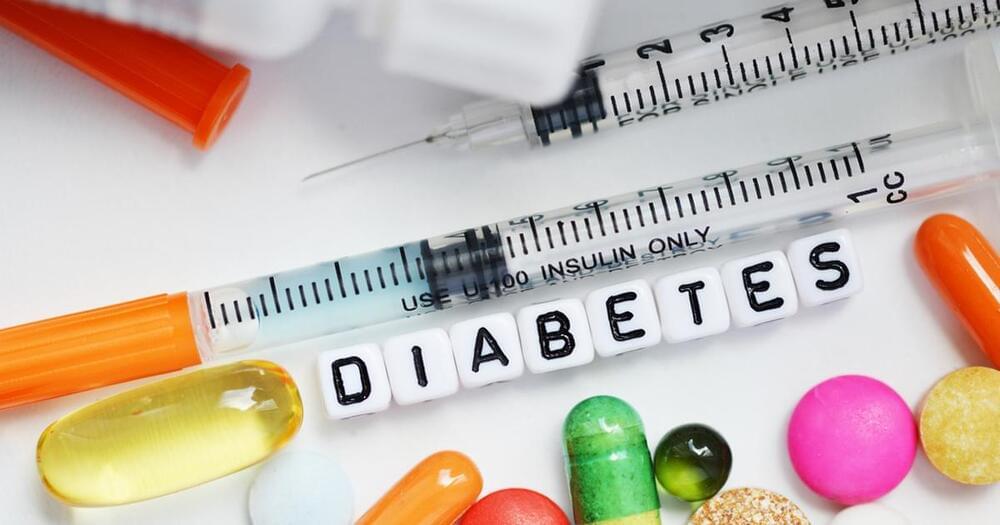Bright indoor lighting during daytime.
According to a new study published in Diabetologia, Insulin-resistant volunteers’ postprandial substrate processing, energy expenditure, and thermoregulation are all affected by the indoor light environment in a time-dependent manner. Further Optimization of indoor lighting to a brighter during daytime hours and dimmer in the evening may provide cardiometabolic benefits.
Artificial light is available 24 hours a day in today’s civilization, and most individuals are exposed to electrical light and light-emitting screens during the dark part of the natural light/dark cycle. Suboptimal lighting has been linked to negative metabolic impacts, and changing indoor lighting to more closely mirror the natural light/dark cycle has the potential to improve metabolic health.
This study was conducted by Jan-Frieder Harmsen and team with the objective to evaluate metabolic reactions in persons at risk of developing metabolic disorders to lighting conditions that resembled the natural light/dark cycle against poor illumination.
